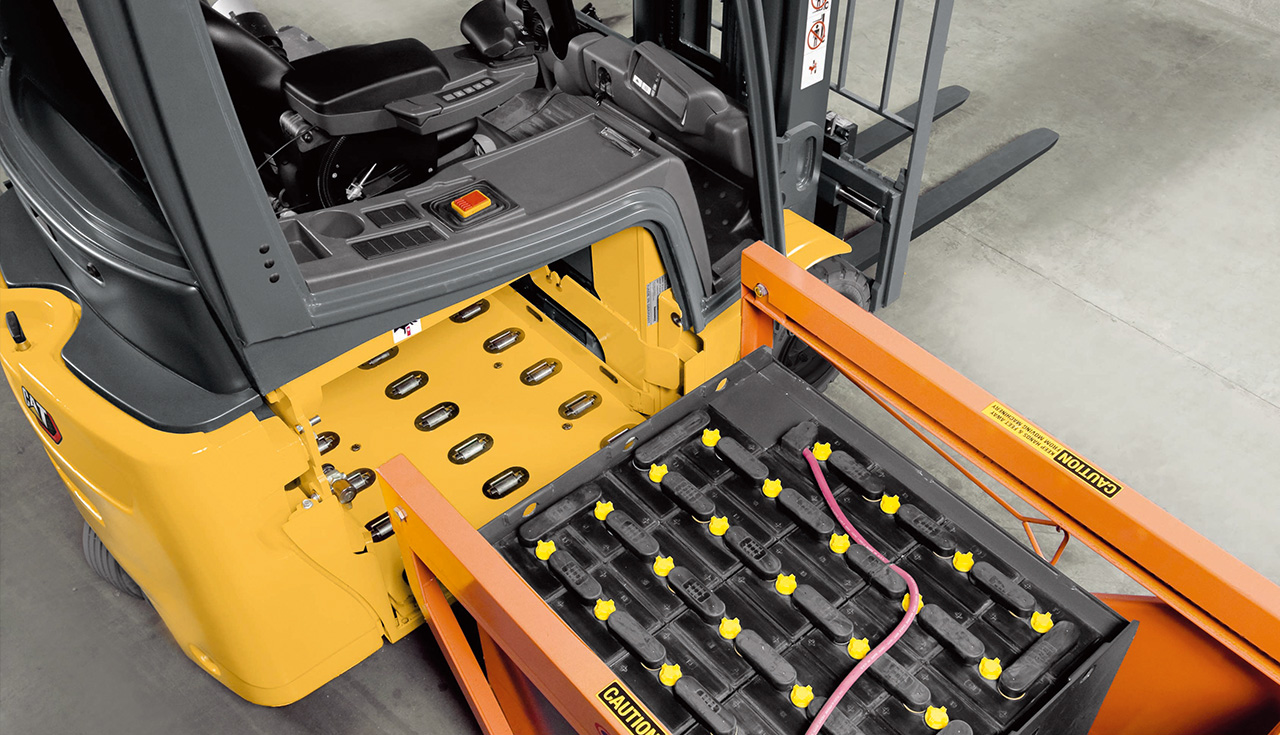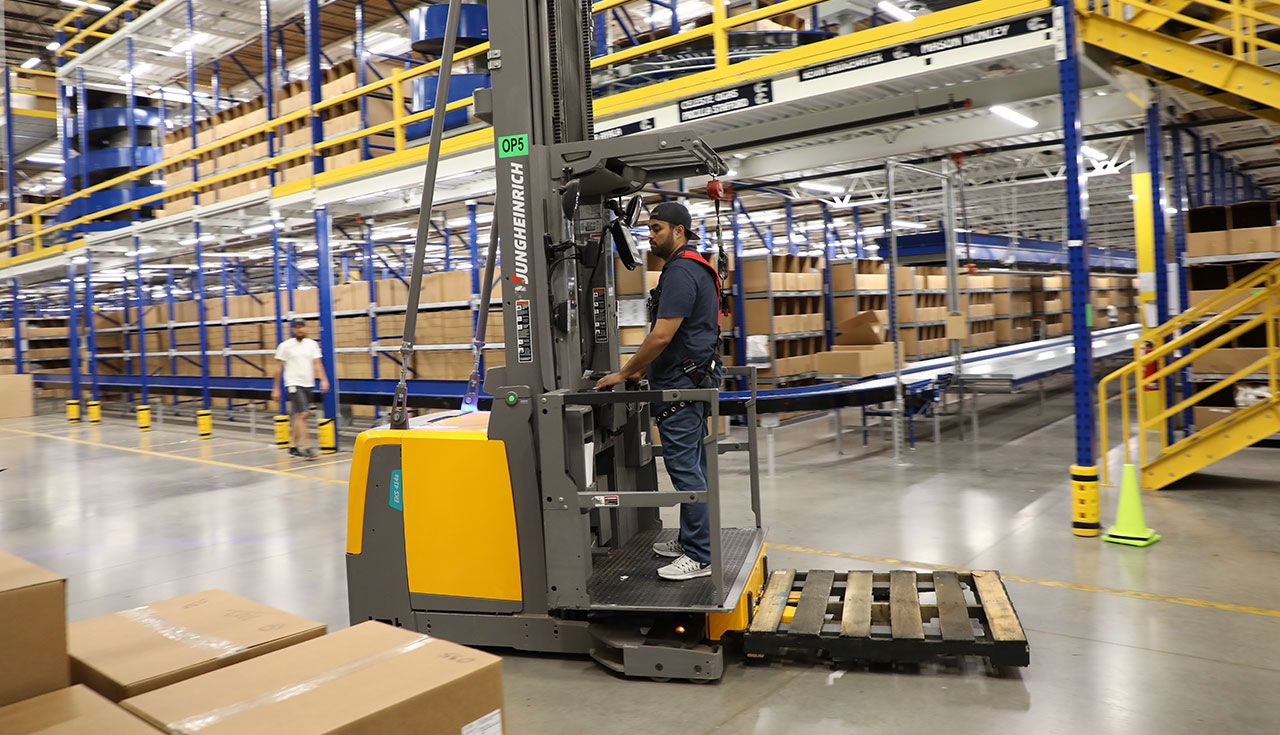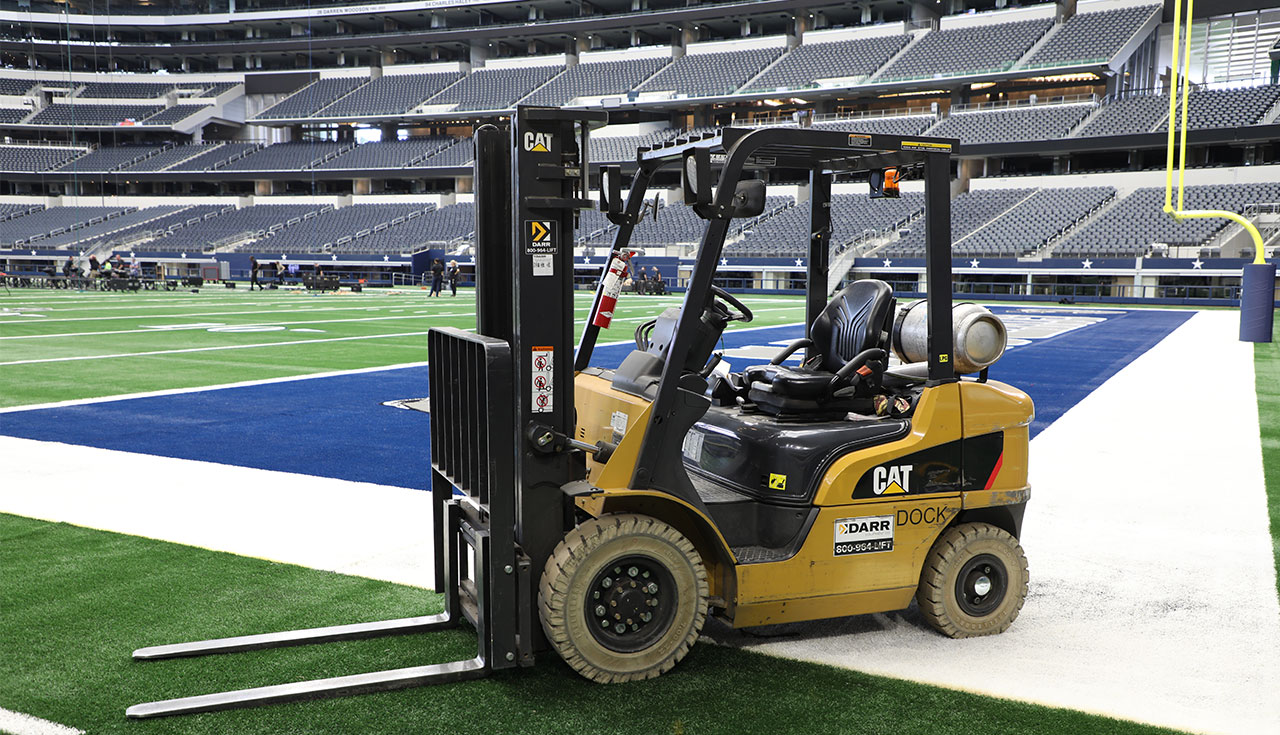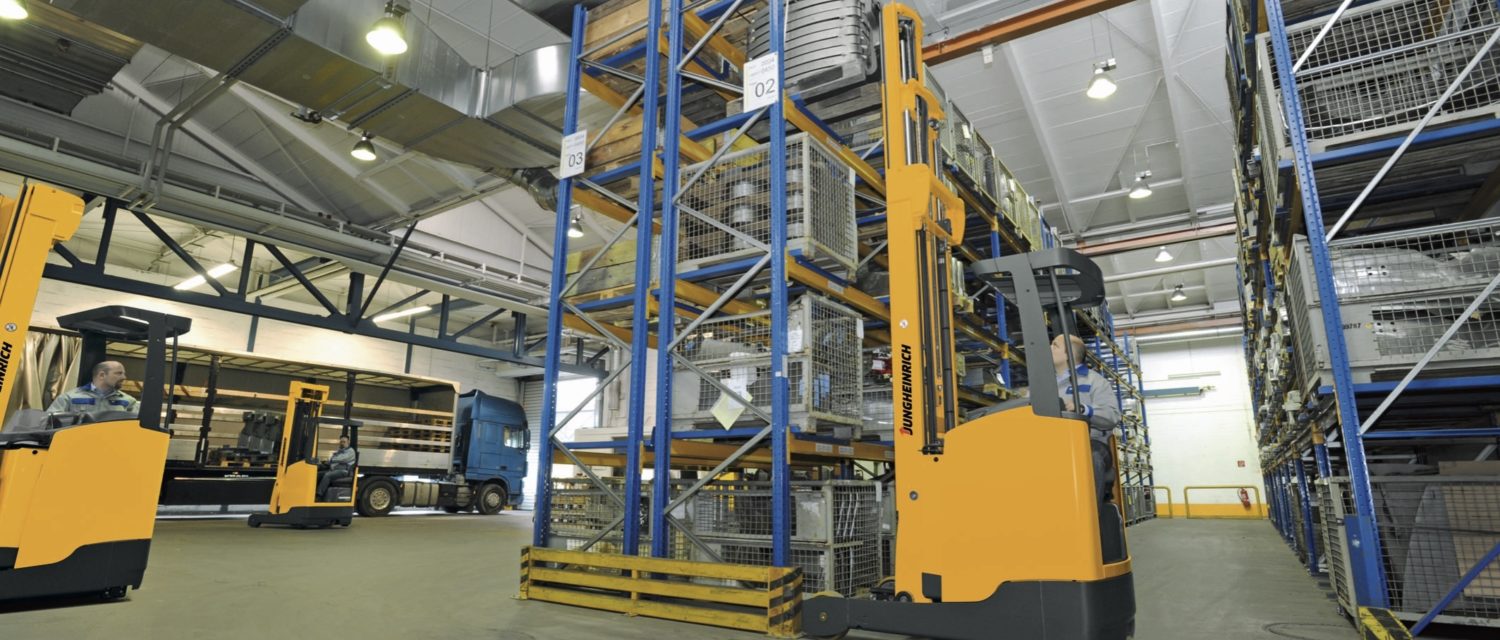
Like most others, the material handling industry has been converting to lithium-ion batteries. In fact, in some pallet jacks and some electric forklifts lithium-ion batteries are now the standard. There are many advantages to switching entire fleets to lithium-ion batteries.
Is The Section 179 Deduction For You?

Have you heard of the Section 179 tax deduction? Most businesses have and although it’s not for everyone, some businesses can see a real advantage in putting the Section 179 deduction to work for them.
In the News: Dallas Cowboys, Logisnext and Darr Team Up for a Game-Changing Experience

The Dallas Cowboys has teamed up with Mitsubishi Logisnext Americas (Logisnext) and Darr Equipment, the Official Lift Truck Provider of the Dallas Cowboys since 2009, to continue to transform its material handling processes at the AT&T Stadium, The Star in Frisco and Merchandising Distribution and Sales Center.
